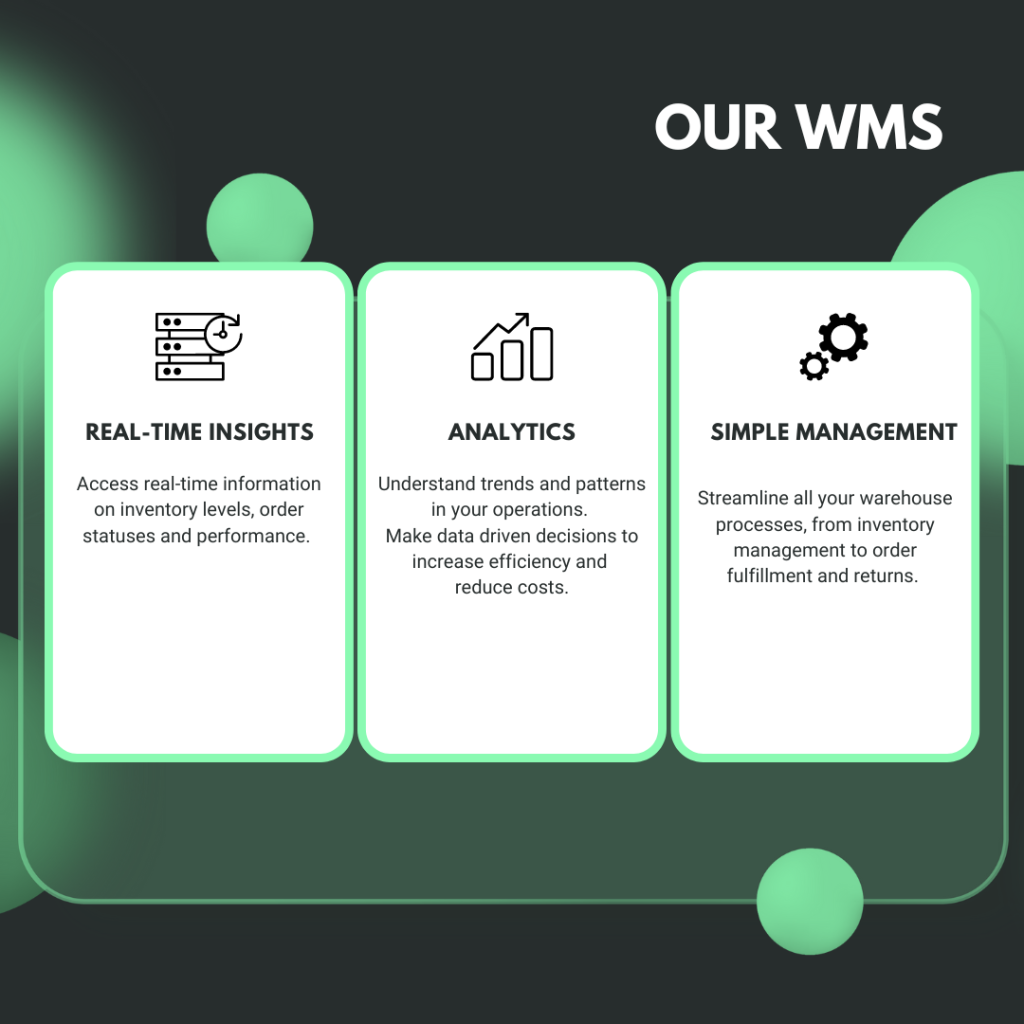How to improve Sell Through Rate in 2023
Sell-through rate is a metric used in retail and inventory management to analyse the quantity of products sold during a specific period and is expressed as a percentage.
Sell-through rate = (Total number of units sold / Total number units received) x 100
A high sell-through indicates strong popularity of a product, while a lower rate might suggest weaker demand or the need to rethink the product’s positioning, marketing strategies or pricing.
Monitoring sell-through rates can help businesses make informed decisions about inventory management, as well as pricing strategies, allowing them to be informed about the performance of products and act accordingly.
Advantages of monitoring Sell-Through Rate
Inventory management
Sell-through rate can help with inventory investments choices. If the sell-through rate is low, businesses can adjust their inventory strategy, focusing and investing more on products with higher performance to generate greater revenue. It is therefore useful to identify customer preferences. When you have a good understanding of your sell-through rate, it will be easier to adjust product mix to cater adequately to client needs, preventing overstocking and stock-outs, which are both causes of potential revenue loss.
Trends and Seasonality
Sell-through rate analysis is a strategic tool to understand selling patterns and seasonality. Knowing when certain products experience higher or lower sell-through rates is essential to plan inventory levels efficiently and capitalize on demand.
What is a good sell-through-rate?
A good sell-through rate varies depending on seasonality, industry, and sales objectives of a business. Generally good sell-through rate is higher than 80%, while lower than 40% could indicate slower sales or that a business may have to work on their inventory management strategy.
How to improve Sell-through Rate
The efficiency of a businesses’ supply chain plays a pivotal role in determining its sell-through rate. In fact, an organized supply chain, where products move smoothly, enables faster order fulfillment and delivery, thus contributing to higher sell-through rates.
Implementing inventory management software is essential for maintaining a good sell-through rate. In this way, businesses can gain real-time visibility into their inventory levels across different locations and sales channels to streamline their operations. In this way, they have access to data that allows to identify top-selling products as well as slow-moving ones. This is essential to optimize stock, ensuring that popular products are always available to customers.
Moreover, thanks to automatic reorder notifications, businesses are promptly alerted when inventory levels reach specific thresholds, allowing them to replenish inventory in time.
Ideal Inventory Distribution
Thanks to eLogy’s WMS and warehouse availability, businesses can strategically distribute inventory based on regional demand, allowing for faster and more cost-effective order fulfillment.
Cost analysis
eLogy’s WMS software includes a cost analysis tool designed for retailers to have a clear understanding of expenses connected to every aspect of their business, including inventory and production processes. In this way they can identify areas where expenses need to be cut down, in order to boost profit margins and enhance sell-through-rate.





